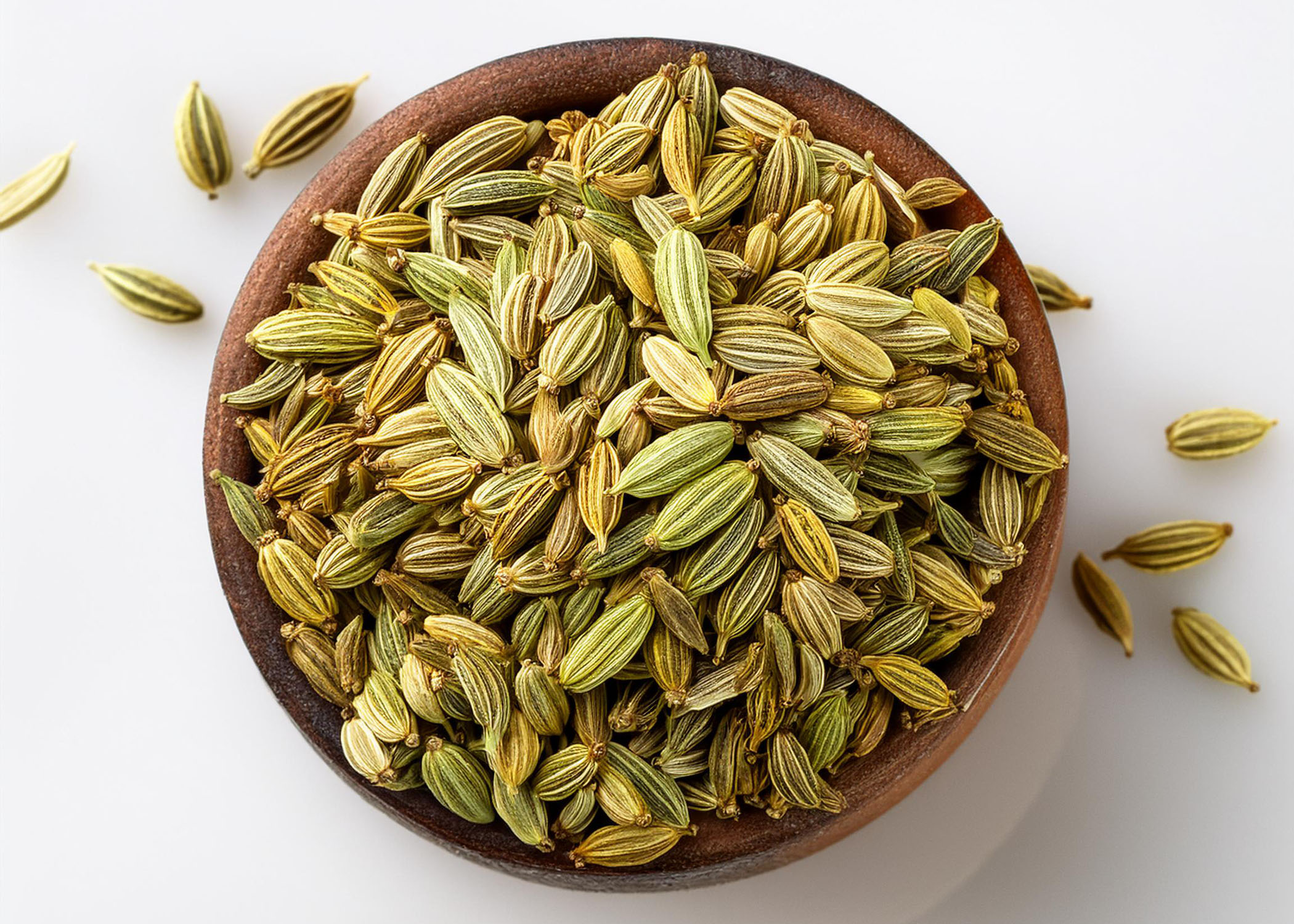Botanical Name: Foeniculum vulgare
Fennel seeds are small, greenish-brown, and ridged, yet they pack a world of flavor and aroma. Celebrated in cuisines across the globe, these seeds are cherished for their delicate sweetness, warm herbal notes, and subtle licorice undertones. Their ability to complement both savory and sweet dishes makes them a pantry staple for cooks seeking to add depth and aromatic complexity.
The flavor profile of fennel seeds is distinctive and multifaceted. At first bite, they offer a sweet, almost candy-like taste, reminiscent of anise or licorice. This sweetness is balanced by a warm, slightly earthy undertone with a hint of peppery sharpness, creating a harmonious blend that dances on the palate. When toasted or ground, fennel seeds release an intensified aroma, with nutty and caramelized notes adding further depth.
Fennel seeds play a pivotal role in many culinary traditions. In Indian cuisine, they are a cornerstone of spice blends like panch phoron and garam masala and are often dry-roasted to enhance their flavor before being added to curries, dals, and pickles. Their natural sweetness and digestive properties also make them a popular ingredient in mukhwas, an after-meal mouth freshener.
In Mediterranean and Middle Eastern cooking, fennel seeds are used to season meats, breads, and stews. Their sweet and herbaceous flavor pairs beautifully with lamb, pork, and seafood, often enhancing the richness of these proteins. They are a key ingredient in Italian sausages and frequently appear in baked goods like biscotti and flatbreads, adding a hint of sweetness and spice.
Fennel seeds also shine in beverages. They are steeped into teas for their soothing, digestive benefits or infused into syrups for cocktails and desserts. Their versatility extends to desserts, where they pair well with citrus, honey, and nuts in cakes, puddings, and cookies.

